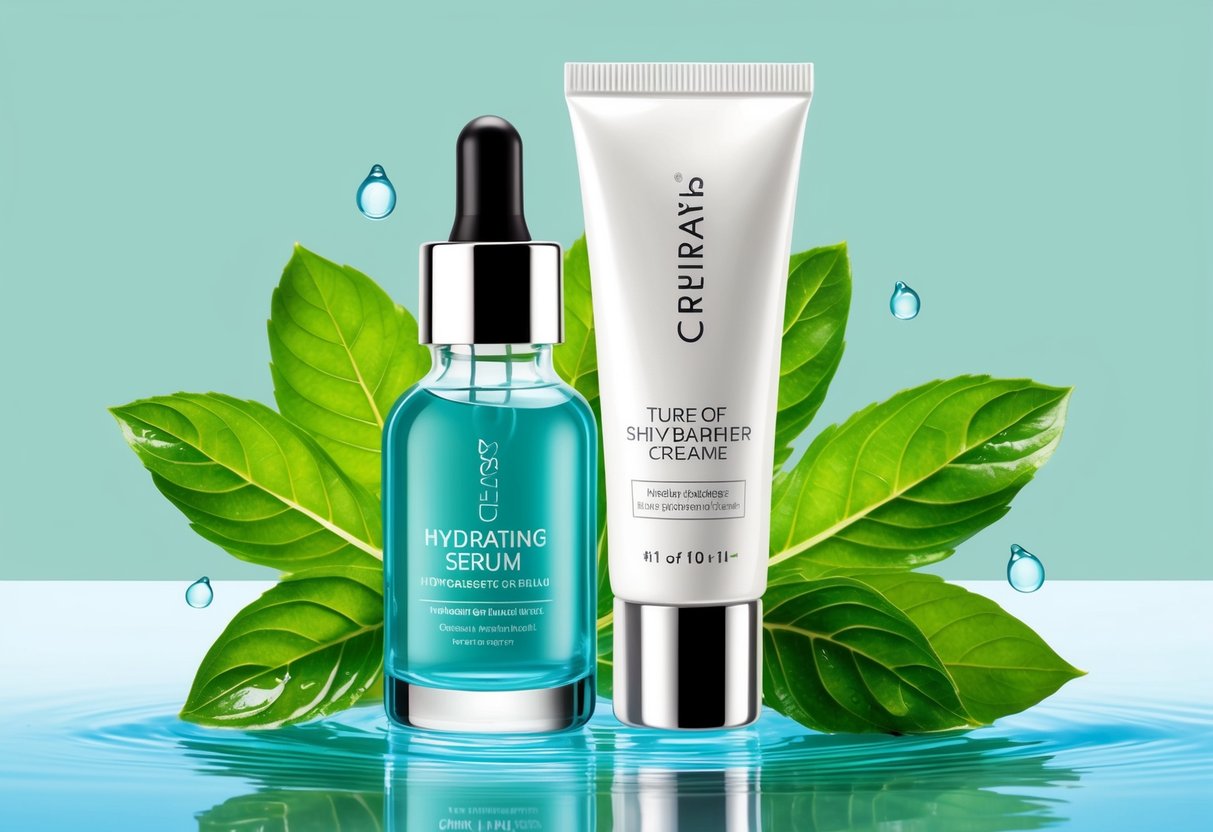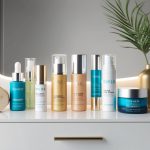How to Get Rid of Dark Spots on Face Fast: Dermatologist-Approved Skincare Solutions
Hydration and Skin Barrier Support

Hydration and maintaining the skin barrier are critical for fading dark spots and supporting skin health. Using targeted products that contain both effective moisturizers and skin-repairing actives ensures optimal results and greater comfort during treatment.
Moisturizers for Repair and Protection
A high-quality moisturizer helps restore and protect the skin. It prevents dryness, reduces irritation, and keeps the barrier intact, all of which are essential when treating hyperpigmentation.
Daily moisturizers that contain emollients and occlusives form a protective layer over the skin. This locks in moisture, supports recovery from irritation caused by exfoliants or brightening agents, and minimizes the risk of worsening dark spots due to barrier damage.
Individuals with sensitive or post-inflammatory skin benefit from formulas that are fragrance-free and non-comedogenic. Dermatologists often recommend gentle moisturizers to improve repair, especially for those using active treatments like retinoids or acids.
Key benefits of a good moisturizer:
- Minimizes water loss
- Soothes irritation and redness
- Improves resilience to environmental stressors
Key Ingredients: Hyaluronic Acid and Ceramides
Hyaluronic acid is a popular ingredient because it attracts and retains up to 1,000 times its weight in water, leading to plumper, hydrated skin. Maintaining hydration helps strengthen the skin’s defenses and provides a smoother surface for topical treatments.
Ceramides are crucial lipids that act as the glue holding skin cells together. They fortify the moisture barrier, which is often compromised in those dealing with dark spots and hyperpigmentation.
Formulas that combine hyaluronic acid with ceramides deliver both immediate and lasting hydration. Ceramide-rich moisturizers protect against barrier breakdown, while hyaluronic acid enhances suppleness and comfort.
Look for products with:
- Hyaluronic acid for hydration
- Ceramides for barrier support
- Lightweight textures that absorb without leaving residue
Products with encapsulated retinol and ceramides can target discoloration while protecting the skin barrier, as highlighted in recommendations by dermatologists in leading publications like Vogue at this link.
Professional Dermatologist Treatments for Rapid Results

Professional treatments can provide noticeable improvement in stubborn dark spots, often with less downtime than over-the-counter methods. These options target hyperpigmentation and can also address concerns like fine lines, skin aging, and uneven skin texture.
Chemical Peels and Clinical Exfoliation
Chemical peels use acids such as glycolic acid and trichloroacetic acid to remove the outermost layer of skin. This process encourages the growth of new, evenly pigmented skin cells.
Clinical exfoliation done under the supervision of a dermatologist is usually more effective than at-home scrubs. A typical in-office peel can help improve both dark spots and signs of skin aging, such as wrinkles and rough texture.
For deeper pigment issues, medium or deep peels may be recommended, but they can require more downtime. Chemical peels are particularly effective for sunspots, melasma, and post-inflammatory hyperpigmentation.
Patients generally need a series of treatments for optimal results. More about dermatologist-recommended spot treatments, including peels, can be found in this in-depth guide.
Microdermabrasion and Laser Options
Microdermabrasion is a non-invasive technique that uses fine crystals or a diamond tip to gently exfoliate the top layer of skin. It helps lighten dark spots and smooth minor wrinkles and fine lines.
The procedure is safe for most skin types and offers minimal recovery time. Laser treatments target deeper pigmentation and can break up dark patches with beams of focused light.
Options include intense pulsed light (IPL), which can also boost collagen production for firmer skin, and fractional lasers for more challenging discoloration or advanced signs of aging. Both microdermabrasion and laser therapy can be combined with other skincare treatments for faster, more dramatic improvement.
People should consult a dermatologist to determine which laser or clinical option matches their skin type and pigmentation issues. Multiple sessions are often necessary for lasting results.
Building an Effective Skincare Routine

Developing a consistent skincare routine is essential for targeting dark spots efficiently. The right sequence of products boosts the effectiveness of active ingredients while also reducing the risk of irritation.
Layering Serums and Treatments
Properly layering skincare products makes a notable difference in fading dark spots. Start with a gentle cleanser to remove dirt and excess oil.
This prepares the skin for the next steps. After cleansing, pat the skin dry and apply a toner if desired.
Next, apply antioxidant-rich serums with ingredients like vitamin C or niacinamide. Vitamin C helps brighten skin and reduce visible hyperpigmentation.
Niacinamide soothes and improves the texture of the skin. Follow with a dark spot correcting serum that contains actives such as azelaic acid, tranexamic acid, or retinol.
Each of these targets pigmentation differently. Allow each product to absorb for at least a minute before applying the next.
Finish the routine with a broad-spectrum sunscreen during the day. Sunscreen prevents further darkening and makes other treatments more effective, as dermatologist recommendations confirm in trusted skincare resources.
Incorporating Dark Spot Solutions Safely
Introduce products for dark spots one at a time to monitor the skin’s response. Patch test any new serum on a small area before full application to avoid irritation.
Use active ingredients like hydroquinone, retinol, or vitamin C as directed by a skincare professional. Overuse can lead to redness, flaking, or increased sensitivity.
Rotate serums with hydrating or calming products when needed, allowing the skin to repair itself. Always pair dark spot treatments with daily sunscreen.
Even the most effective serums work best when skin is protected from UV exposure. For a step-by-step routine and tips on product selection, refer to detailed skincare guides.



